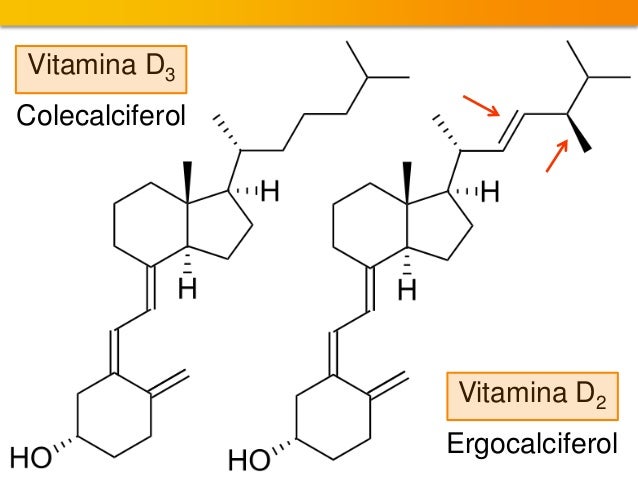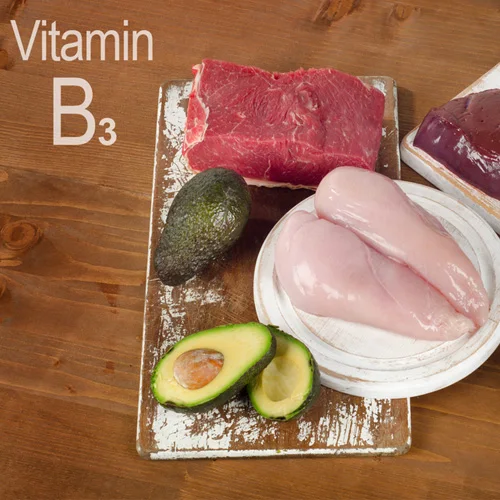
Vitamin D3 (cholecalciferol) – Which, as mentioned above, is formed naturally in the skin when exposed to sunlight, is present in certain fish and eggs, and is also commercially made from lanolin washed from lambs’ wool. 
Why we use it: There are two major forms of supplemental vitamin D:
 A growing body of research also suggests that vitamin D levels might play some role in the prevention and treatment of both forms of diabetes, hypertension, glucose intolerance, multiple sclerosis, and other medical conditions. Not only does it offer immune support but it also defends against things like the cold and flu, but it’s also been shown to help prevent cancer. Vitamin D acts as a macrophage in your bloodstream - large, specialized cells that are part of your immune system and attack foreign pathogens. Vitamin D3 is involved in the regulation of hormones related to stress, and optimal levels have been shown to help reduce conditions like seasonal affective disorder (SAD), depression, and anxiety. It also helps regulate blood pressure and blood sugar levels. Cholecalciferol helps regulate and enable the absorption of mineral nutrients like calcium and phosphorus. Research is ongoing to help us better understand this uber-nutrient, but so far, studies show the following health benefits: What it does: We call it a vitamin, but vitamin D is actually a hormone that influences more than 3,000 different genes in your body and almost every type of human cell. (Note: This form of vitamin D supplementation is considered okay for vegetarians because the animals are not killed, but vegans should find alternative sources if interested in upping their vitamin D intake- more on that below.) It’s what your body naturally synthesizes in your skin during exposure to sunlight and it’s also a commercially prepared supplement made from the lanolin retrieved from washing lambs’ wool.
A growing body of research also suggests that vitamin D levels might play some role in the prevention and treatment of both forms of diabetes, hypertension, glucose intolerance, multiple sclerosis, and other medical conditions. Not only does it offer immune support but it also defends against things like the cold and flu, but it’s also been shown to help prevent cancer. Vitamin D acts as a macrophage in your bloodstream - large, specialized cells that are part of your immune system and attack foreign pathogens. Vitamin D3 is involved in the regulation of hormones related to stress, and optimal levels have been shown to help reduce conditions like seasonal affective disorder (SAD), depression, and anxiety. It also helps regulate blood pressure and blood sugar levels. Cholecalciferol helps regulate and enable the absorption of mineral nutrients like calcium and phosphorus. Research is ongoing to help us better understand this uber-nutrient, but so far, studies show the following health benefits: What it does: We call it a vitamin, but vitamin D is actually a hormone that influences more than 3,000 different genes in your body and almost every type of human cell. (Note: This form of vitamin D supplementation is considered okay for vegetarians because the animals are not killed, but vegans should find alternative sources if interested in upping their vitamin D intake- more on that below.) It’s what your body naturally synthesizes in your skin during exposure to sunlight and it’s also a commercially prepared supplement made from the lanolin retrieved from washing lambs’ wool. 

What it is: Cholecalciferol is one of the two major forms of vitamin D. We translate the science, bust the myths, and give you an honest assessment, so you can make informed choices for your family! This is part of our ongoing series of helping consumers better understand chemicals, chemistry, and product formulations.








 0 kommentar(er)
0 kommentar(er)
